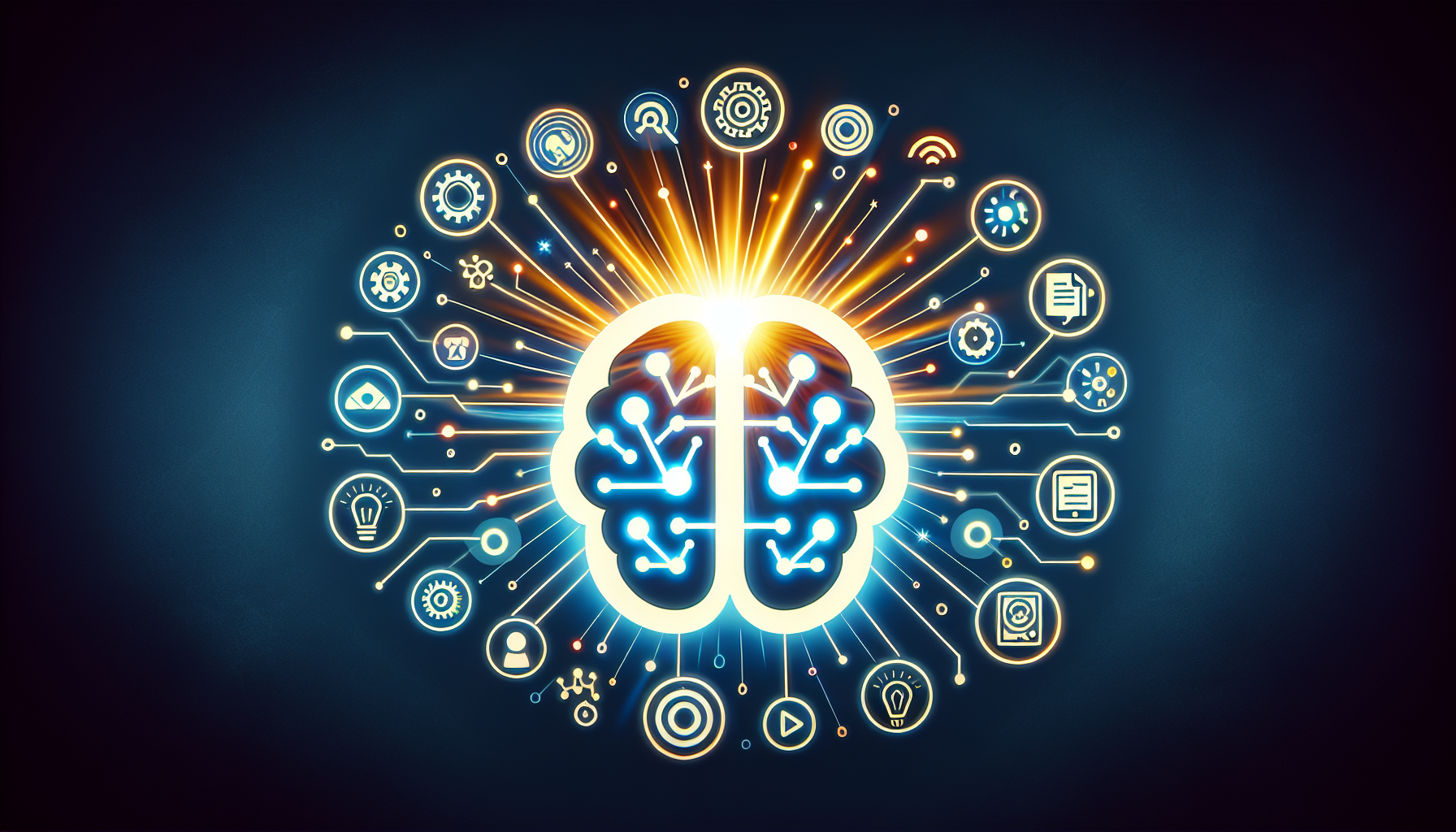Understanding Automation
Automation is the process of using technology to perform tasks that would typically require human intervention. By minimizing manual effort, businesses can enhance productivity, reduce errors, and streamline operations. Two powerful tools that exemplify the potential of automation are ChatGPT and Zapier.
What is ChatGPT?
ChatGPT, developed by OpenAI, is an AI language model designed to assist in generating human-like text responses. It can understand context, provide answers, engage in conversations, and even assist in content creation. Businesses leverage ChatGPT for various applications, including customer service, content generation, and personalized marketing.
What is Zapier?
Zapier is an integration platform that connects various apps and workflows, enabling seamless automation of tasks. It uses “Zaps,” which are automated workflows that involve a trigger and one or more actions. For example, a Zap can be set to automatically save email attachments to a Google Drive folder whenever a new email arrives in Gmail.
Integrating ChatGPT and Zapier
Combining ChatGPT’s natural language processing abilities with Zapier’s automation capabilities unlocks immense potential for businesses. The integration allows users to create dynamic workflows that enhance customer engagement, content production, and task management.
Setting Up Your ChatGPT-Zapier Integration
-
Create a Zapier Account: If you don’t already have an account, sign up for free and explore the user-friendly interface.
-
Access OpenAI API: To use ChatGPT within Zapier, you’ll need API access. Sign up on OpenAI’s platform, and obtain your API key.
-
Create a New Zap: Launch the Zapier dashboard and click “Create Zap.” This initiates the workflow customization process.
Example Use Cases
Use Case 1: Automated Customer Support
- Trigger: A new support request is received via a contact form.
- Action: Use ChatGPT to generate a personalized response based on the user’s inquiry.
- Subsequent Action: Send the response via email, ensuring quick follow-up time.
This setup not only reduces response time but also enhances customer satisfaction by providing immediate feedback.
Use Case 2: Social Media Management
- Trigger: A new blog post is published on your website.
- Action 1: ChatGPT generates a promotional post tailored for each platform (Twitter, LinkedIn, Facebook).
- Action 2: Zapier automatically schedules and posts the content across selected social media channels.
This method ensures consistent and timely promotion while allowing for platform-specific adaptations, broadening your reach.
Use Case 3: Content Generation for Emails
- Trigger: A new entry is added to a Google Sheet with specified content themes.
- Action: ChatGPT composes a personalized email based on the themes.
- Subsequent Action: Save the generated emails in a draft folder within Gmail for review.
This workflow automates the tedious task of email drafts, allowing your team to focus on strategic communication.
Optimizing Your Workflows
When integrating ChatGPT with Zapier, optimization is critical. Here are some tips:
-
Use Specific Prompts: The quality of output from ChatGPT heavily depends on the specificity of the input prompts. Fine-tune your requests for better responses.
-
Implement Filters: Use Zapier’s filter feature to conditionally trigger actions. For example, only send email responses to inquiries labeled priority.
-
Test and Iterate: Regularly assess the functionality of your setup. A/B test different prompts and workflows to improve your results continually.
-
Monitor API Usage: Keep an eye on your API call limits to avoid exceeding usage and interruption of services.
Benefits of ChatGPT and Zapier Integration
-
Efficiency: Automating repetitive tasks frees up resources, allowing your team to focus on high-value activities.
-
Consistency: Automation ensures uniformity in responses and messaging, preserving brand voice across communications.
-
Scalability: As your business grows, automated processes can easily scale with your operations, accommodating more customers without significant resource allocation.
-
Enhanced Customer Experience: Swift responses and personalized interactions foster better relationships between businesses and consumers.
Common Challenges and Solutions
-
Technical Limitations: Users may face challenges in setting up the integration. Understanding both platforms’ capabilities can mitigate these issues.
-
ChatGPT Inconsistencies: Sometimes, the AI may produce unexpected responses. Implement review steps in your workflows to ensure that outputs align with brand standards.
-
Data Privacy Concerns: Be cautious about sending sensitive data to the AI. Implement data anonymization where possible to comply with privacy regulations.
Future of Automation with AI
The future of automation lies in an increasing synergy between artificial intelligence and tools like Zapier. As AI technologies evolve, their applications within automation platforms will broaden, allowing more complex and creative solutions. Expect enhanced capabilities from ChatGPT, including better contextual understanding and response generation.
Final Thoughts on Unlocking Automation Power
Utilizing ChatGPT and Zapier together creates a versatile foundation for intelligent automation. Businesses can leverage this powerful duo to enhance productivity, improve content quality, and create engaging customer experiences. By embracing these advancements, organizations can stay competitive in an ever-evolving digital landscape.
Implementing automation through a well-structured integration of ChatGPT and Zapier represents not just a technological enhancement but a strategic advantage for future growth and efficiency.


